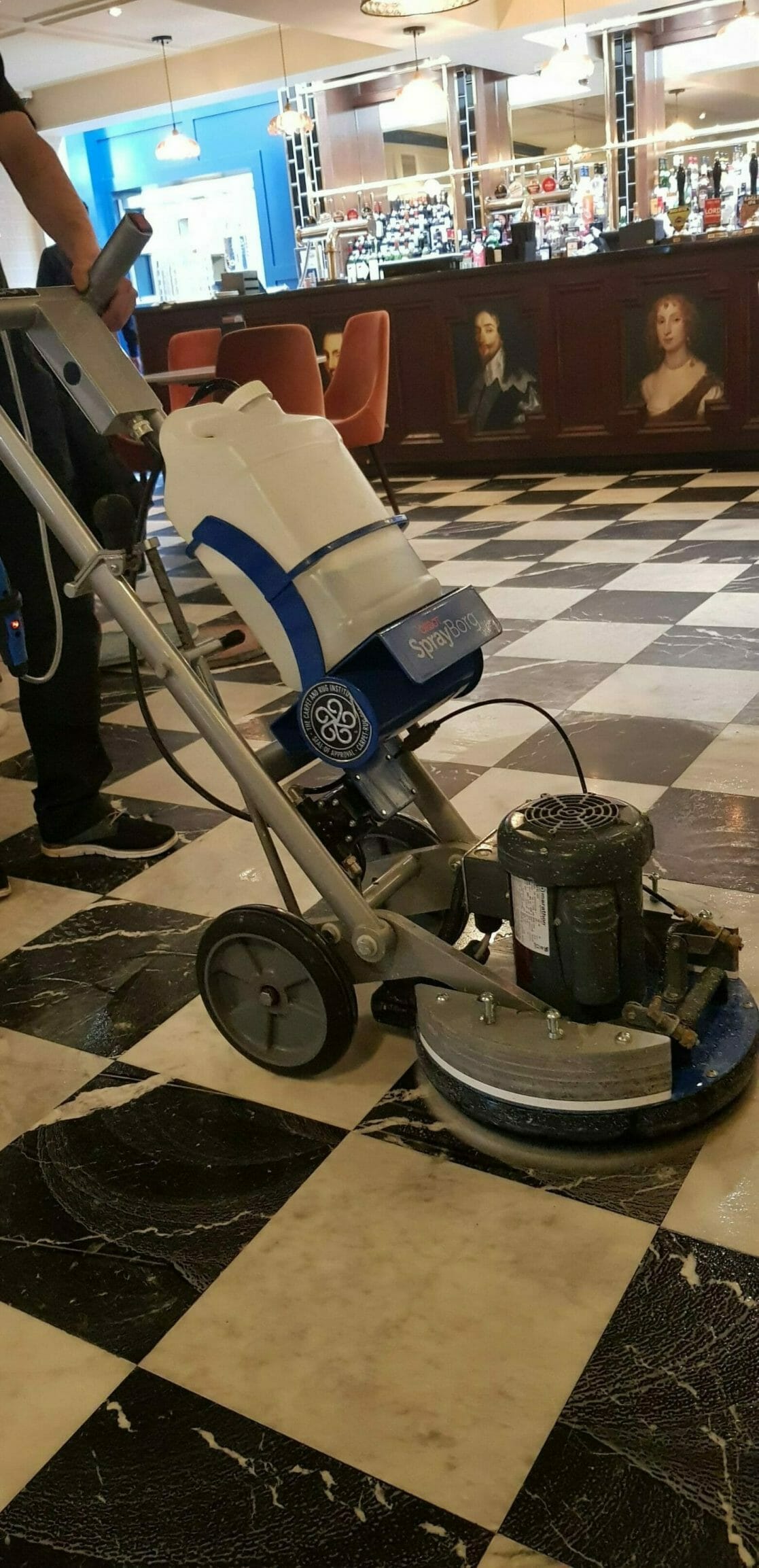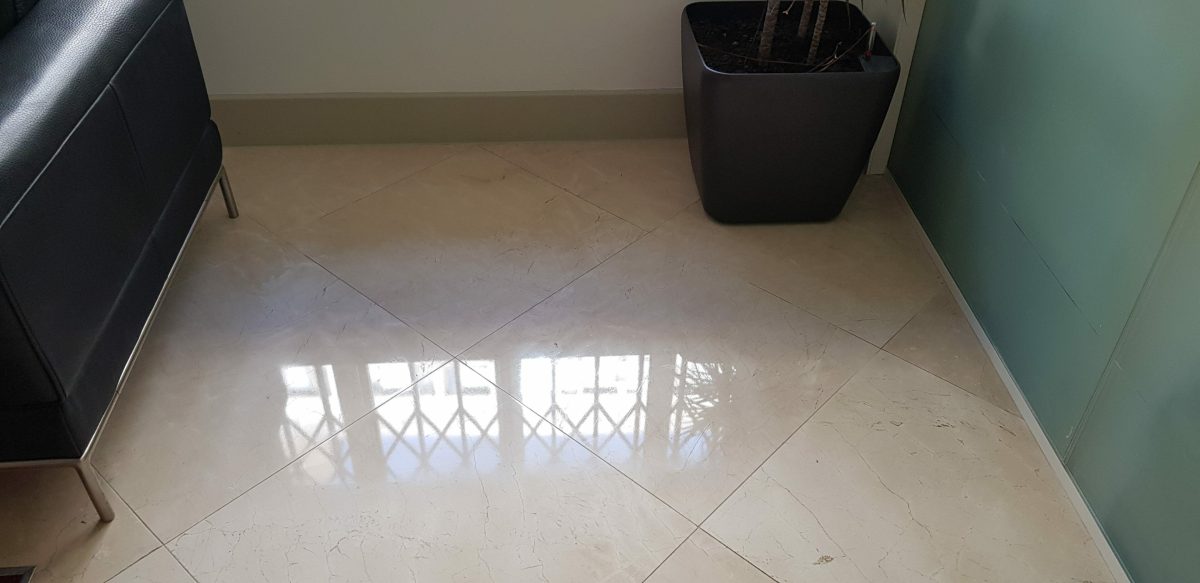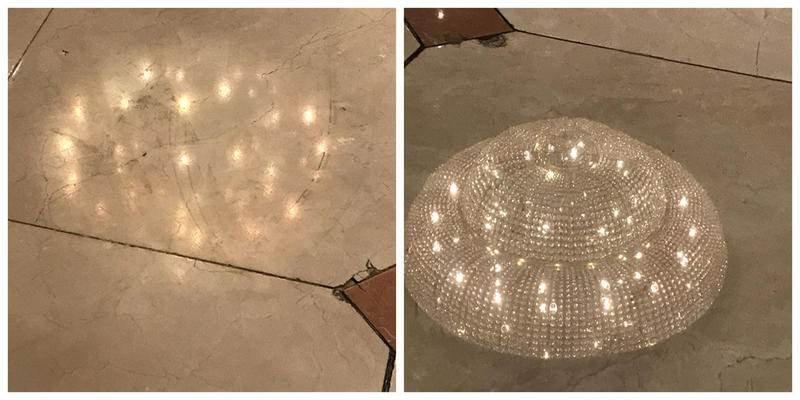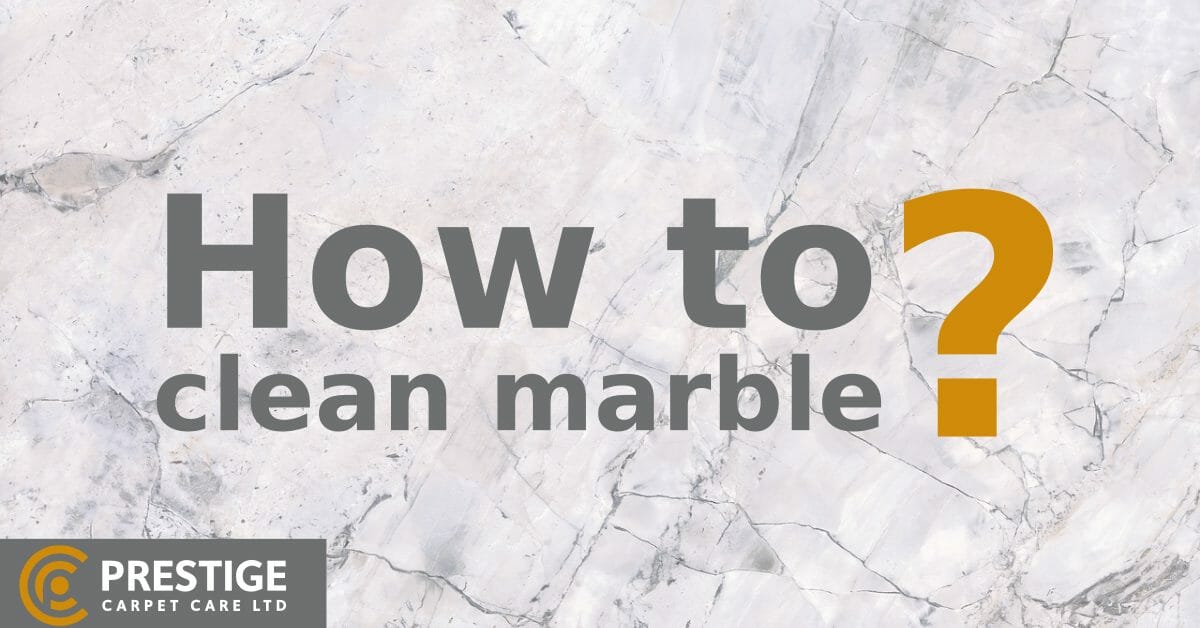Marble FAQ
What is marble
Marble comes from the metamorphosis of sedimentary rock. It is produced when limestone undergoes pressure and heat. This mixes with water solutions over millions of years. Marble is a recrystallized carbonate minerals, also including calcite or dolomite. Within stonemasonry, however, unmetamorphosed limestone is more common.
What is Poly marble?
Poly marble is a marble type intended for very specific use. It is most often used in making countertops and sinks. It is slightly different due to its polyurethane resin gel coating. With fillers added, it is more durable and resistant to stains.
What is engineered marble?
Engineered marble is a green marble made with crushed stones. An adhesive binds them together to create a solid surface. It is best suited to bathroom counters and shower walls. Engineered marble also tends to be cheaper than natural marble.
What type of rock is marble?
Marble is a sedimentary and igneous rock. Metamorphosis is the process of physical and chemical change it undergoes. As a strong, calcium-rich rock, it can be polished to achieve a high quality shine.
What is marble made of?
Marble is made up of white calcite crystals that appear light in colour. It also includes some coloured grains of mica. Marble grains appear locked and combined together like pieces of a jigsaw.









